A sink sponge holder or a sponge caddy is a handy and valuable addition to any modern kitchen. It helps keep sponges up and off a wet surface, allowing them to dry before bacteria and mold take hold. The sponge stays clean, making doing the dishes a messy-free and non-smelly job. However, sink sponge holders are in many designs to suit different user needs. For instance, some hang over the faucet, affixed to the side of a sink via a suction cup, and others stand on the countertop.
Benefits of using a dish soap and sink sponge holder
A quality dish sponge holder offers many benefits, making it an excellent choice for kitchen enthusiasts. It keeps the sink area more organized and sanitary by neatly storing sponges at the rear of the sink. A sink sponge holder also saves countertop space and minimizes wet messes countertop. It is rustproof, meaning it will not cause any rust stains on the sink or even damage it, enhancing the sink's durability and overall hygiene. A soap and sponge holder with an open and hollow bottom design allow for faster drainage, keeping utensils away from dirty water. Most are also versatile, as they can hold many kitchen and bathroom washing items, including scrubbers, sponges, and scouring pads.
Features to look for in a sink sponge holder
Users should consider various factors when choosing a sponge holder for sink to get the desired results. For instance, one should consider the storage holder type. Suction cup sink caddies attach to the side of the sink and allow water to drain straight into the sink and free countertop space. Saddle-type caddies are suitable for doubles as they rest on the divider between the sinks and have storage pockets on both sides. Those who like to keep their dishwashing tools within arm's reach opt for countertop holders on the sink's edge.
Also, look for a sink sponge holder with features like perforated bottoms that ensure adequate drainage and ventilation. Consider a sponge caddy with a removable drip tray that collects excess water, allowing the dishwashing tools to dry correctly. However, users should clean the tray regularly to prevent bacteria growth.
Then, consider the caddy's material, as this determines its ease of cleaning and durability. While pricey, stainless-steel caddies are durable, easy to clean, and can blend with kitchen appliances and aesthetics. Plastic sponge holders are cheaper but don't last longer or look stylish. Those seeking something eco-friendly and stylish should consider a ceramic or silicone sink sponge holder.
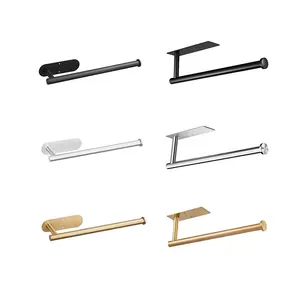
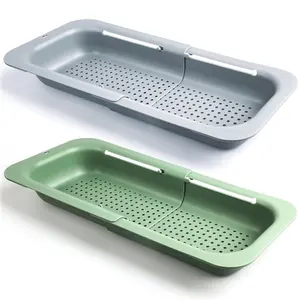










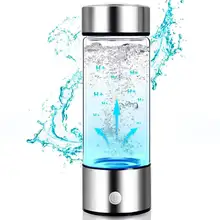

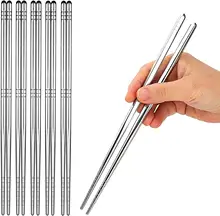
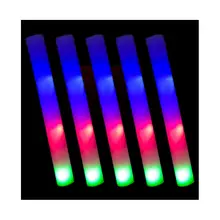
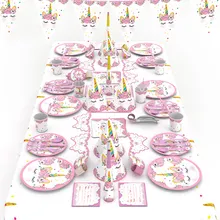


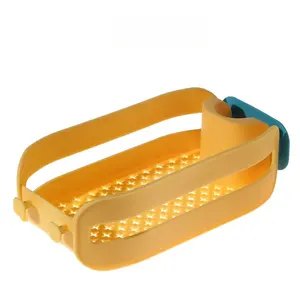
























 浙公网安备 33010002000092号
浙公网安备 33010002000092号 浙B2-20120091-4
浙B2-20120091-4